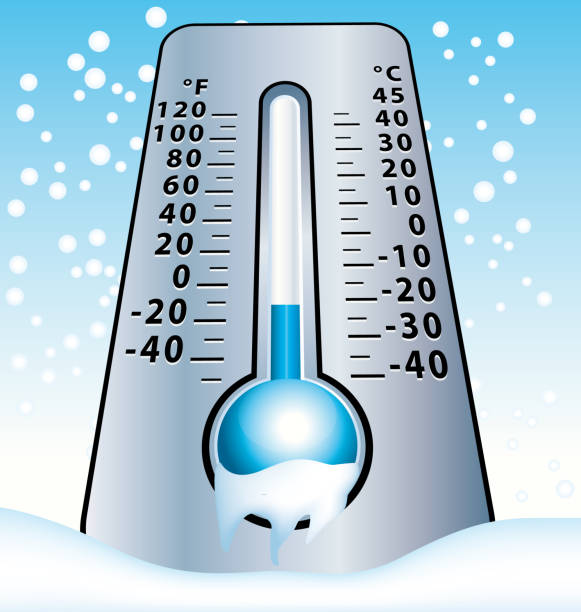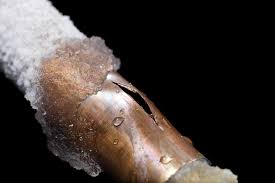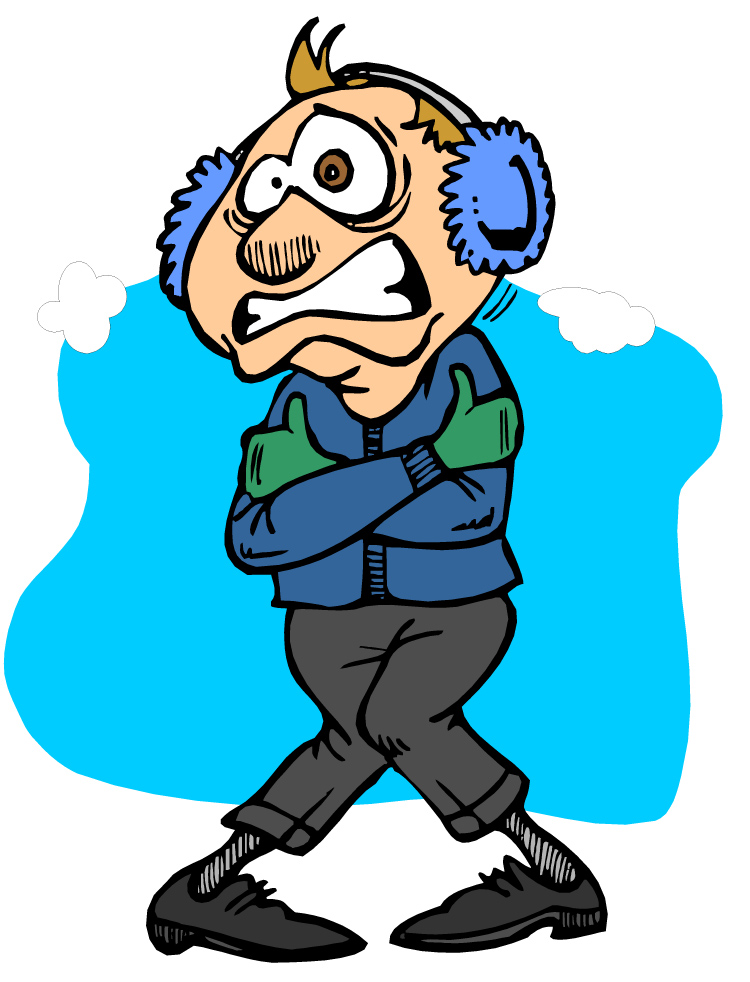With temperatures below zero what do you need to do?
Cold Weather Tips
When it is below zero degrees outside, there are some things you can do to make sure your pipes don't freeze, and that your home stays warm.
Here are some important things to consider:
Have you had a problem with pipes freezing in the past? If you have, then it would be important to keep a faucet dripping or running during the cold snap to keep the pipe from freezing.
Do you have pipes in an outside wall or is your sink on an outside wall? Problem areas can be where there are pipes running in an outside wall, or a sink that is on an outside wall. If this is the case, you need to keep that faucet at least dripping so there is constant water flow.
Are your main water and sewer lines not buried deep enough? Sometimes because of obstructions such as lava shelfs underground, there are main water and sewer lines that are not able to be buried deep enough. As the frost drives deeper in the ground, the pipes are more likely to freeze. In those situations, it is very important to maintain some water flow to keep the pipes from freezing.
Do you have pipes in a vented crawl space or under a manufactured home? Some pipes need to be insulated and even have a section of heat tape installed on them to keep them from freezing.
Unthawing frozen pipes and repairing split or damaged pipes from freezing can be costly and expensive. It is best to keep them from freezing in the first place.
Is your furnace ready? Keeping your furnace tuned up so it is ready to work in the extreme weather conditions is also very important. You don't want to find out when it is below zero outside that your furnace has a problem that leaves you cold and frustrated!
Replace or clean your air filter. An air filter that is clean allows for much better air flow which makes it so the furnace can function more properly and efficiently. Most filter need to be changed monthly during the winter months.
If you do have to try and thaw pipes, it is important to do it in a safe manner. Using torches or open flames can be dangerous so be careful! It is generally best to warm things up slowly to prevent more damage. Remember most flame type heaters can cause carbon monoxide to build up which is dangerous in its own right. Make sure to ventilate the area if using a flame type of heater.
Remember these keys:
- Run a small amount of water during the coldest times
- Insulate pipes if necessary
- Thaw them out slowly if they get frozen.
- Be prepared for leaks if the pipes get frozen.


Burst water pipe


